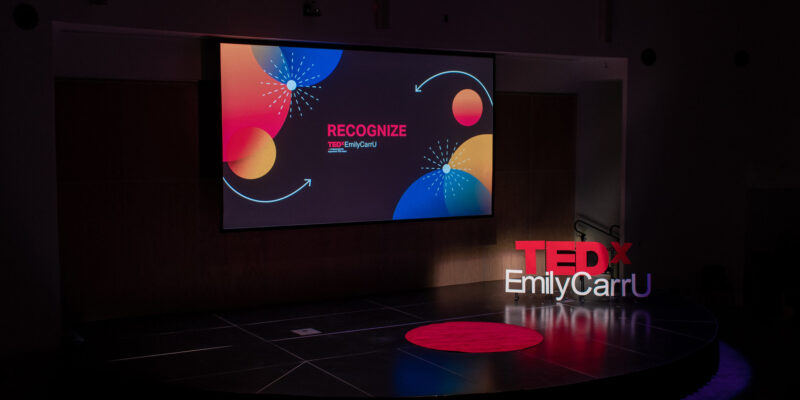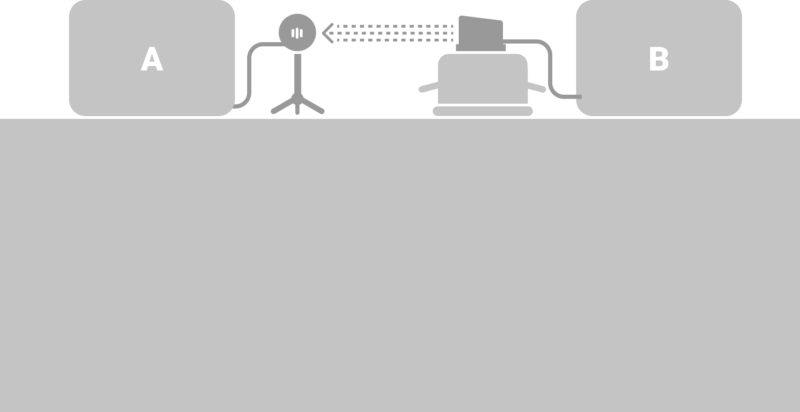Book chapter written in co-authorship with Dr. Claire Ahn (Queen’s U) for Critical Digital Literacies: Boundary-Crossing Practices. Edited by Dr. JuliAnna Ávila.
Abstract:
With the advent of social media, adolescents are participating more frequently in online spaces. As the technical sophistication of deceptive media increases, the reality each of us constructs is rapidly transforming, potentially blurring boundaries between what is fake and what is not. Because of the need for students to learn how to assess the validity, intention, and motivation underlying deceptive media, its effects have become a specific area of concern for educators. Developing critical awareness and making sound judgments is a necessary, lifelong skill that students must have to become active participants in our current social, political, and economic contexts. This chapter offers an approach to developing students’ Critical Digital Literacies by looking at the problem through the lens of genre. Each genre, or media format, contains specific textual regularities (Bawarshi & Reiff, 2010) or what we refer to as representational patterns. We encounter these patterns in our lived experiences—watching television news, reading news online, etc. As such, when creators of deceptive media manipulate the genre and use familiar patterns to deliver fake news, this is, what we argue, makes deceptive media so successful. This is what we refer to as “reality as genre”, and is an approach that all people can use to not only detect deceptive media but to enhance Critical Digital Literacies.




